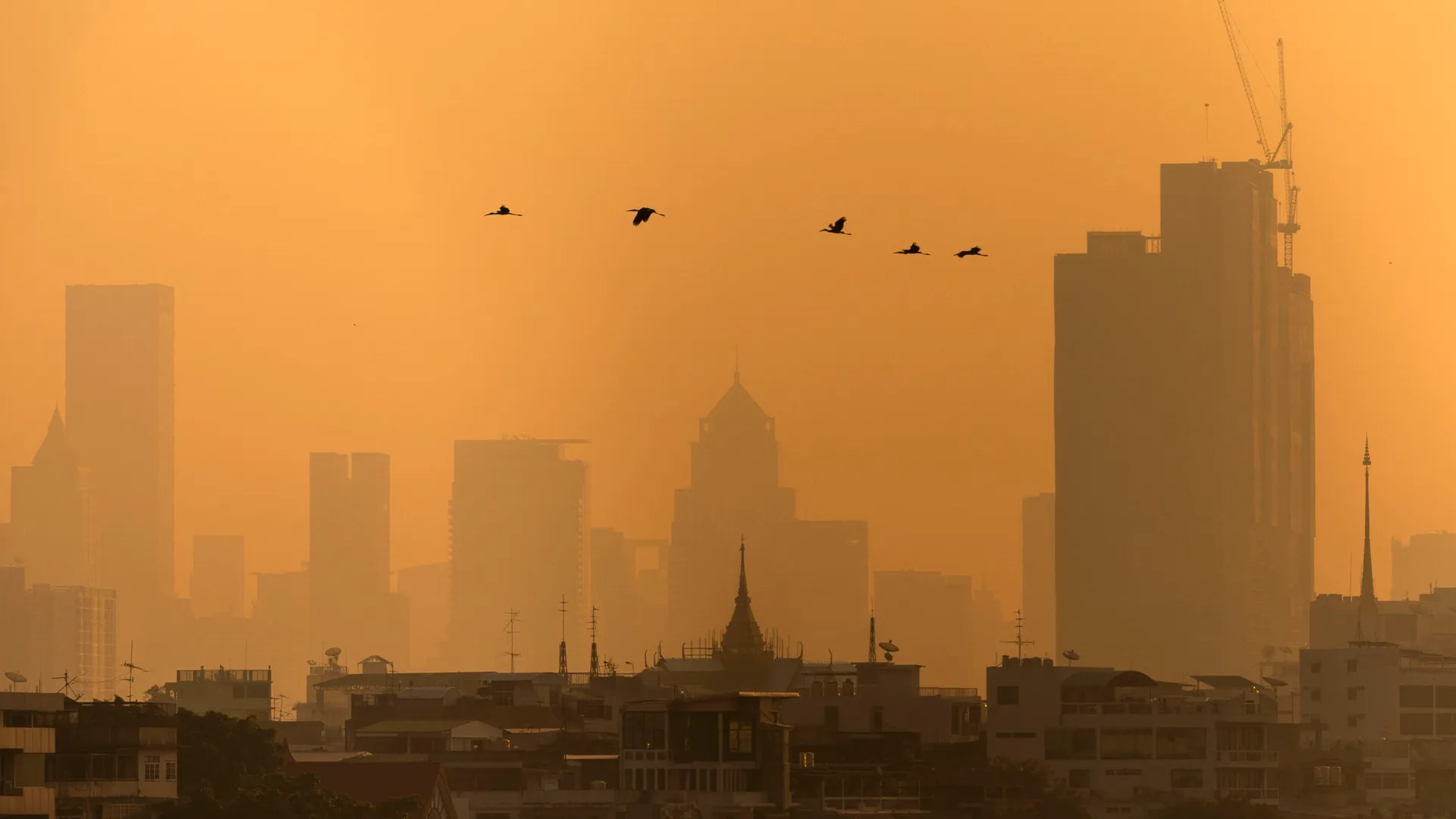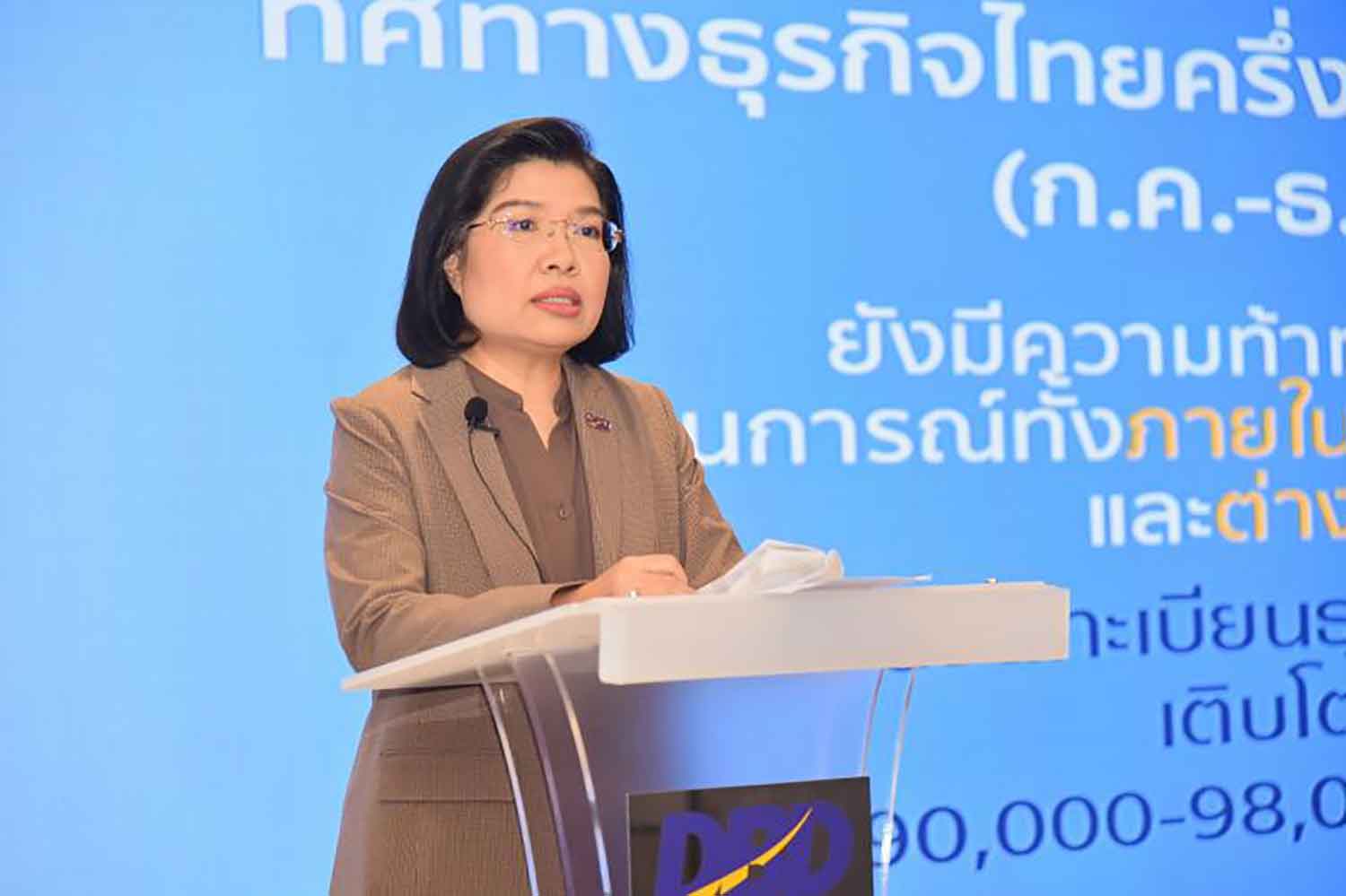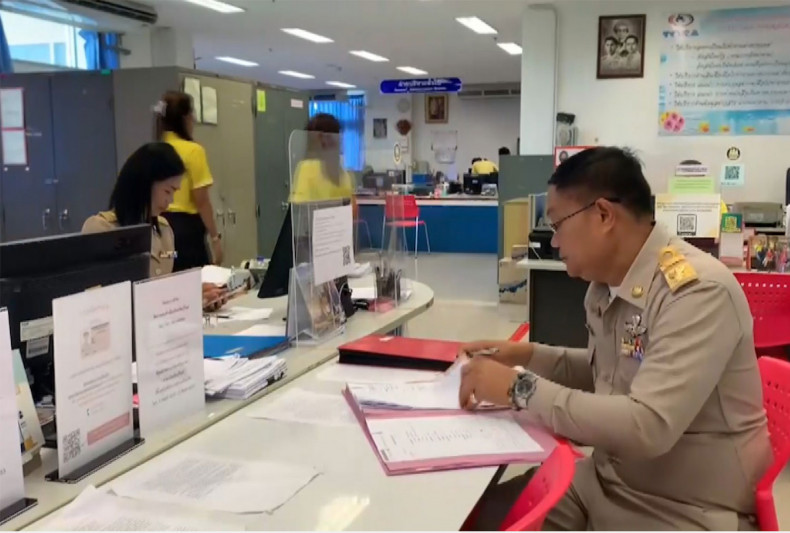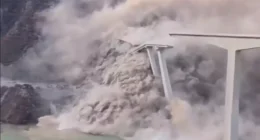Overview of the Crisis
Causes and Consequences
Bangkok and much of the Central Plains and Eastern regions of Thailand are grappling with hazardous levels of air pollution, primarily due to PM2.5 particulates. These fine particles, smaller than 2.5 micrometers in diameter, pose significant health risks by penetrating deep into lungs and bloodstreams, exacerbating respiratory and cardiovascular diseases. The situation is exacerbated by agricultural burning, industrial emissions, and transportation-related pollution.
Current Air Quality Status
Severity Across Regions
As of recent reports, Bangkok’s PM2.5 levels have reached hazardous “red” levels at 103.6 µg/m³. This is well above the national safety standard of 37.5 µg/m³ over a three-hour average. Surrounding provinces like Trat (100.5 µg/m³), Pathum Thani (99.2 µg/m³), Samut Prakan (98.9 µg/m³), Chonburi (95.9 µg/m³) also face severe air quality issues.
Health Implications and Recommendations
Protective Measures for Residents
The ongoing smog crisis puts millions at risk, particularly children and those with pre-existing respiratory conditions. UNICEF has warned that approximately 13.6 million children across Thailand are vulnerable to these pollutants’ effects. To mitigate risks, residents are advised to wear masks outdoors, avoid prolonged exposure outside when possible, work from home if feasible, and seek medical attention for symptoms like coughing or breathing difficulties.
Government Response Amid Criticism
Calls for Stricter Regulations
Criticism mounts against the Thai government’s handling of this persistent issue as experts call for stricter standards aligned with WHO guidelines—reducing thresholds from 37.5 to 15 µg/m³ could significantly decrease health impacts like cancer cases by up to 44% in Thailand. The government faces pressure to implement more effective measures against pollution sources such as agricultural burning practices during peak seasons.
Future Outlook on Pollution Management
Long-Term Solutions Needed
Thailand needs comprehensive strategies addressing both immediate relief measures—such as improving public awareness through apps like AirBKK—and long-term solutions focusing on reducing emissions from transportation sectors which contribute about 60% of Bangkok’s pollution load. Implementing sustainable practices in agriculture alongside enhancing industrial regulations will be crucial steps toward mitigating future crises effectively.









